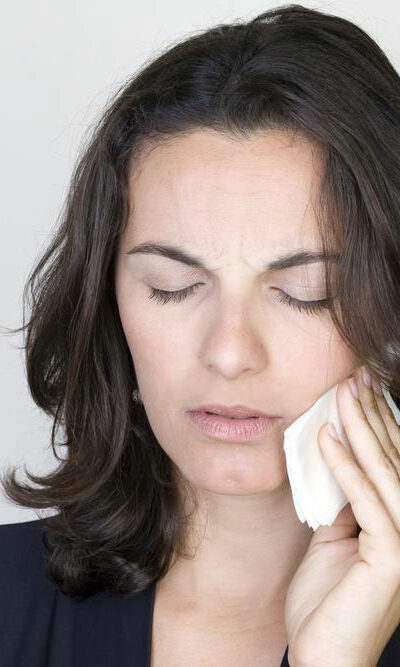
Ways To Control Your Blood Pressure Naturally
High blood pressure is a hazardous condition that is unfortunately prevalent today. If left untreated it can cause a stroke and heart disease. If your blood pressure reads above 140/90 mmHg, then you have a high blood pressure. The cause for high blood pressure cannot be tracked in some cases. However, you can control it if you follow a strict regime for an extended period. You can control your blood pressure naturally with a proper diet and healthy lifestyle. You will not have to take medications either. By following these suggestions, your blood pressure will be under control in no time. These remedies will also not have any adverse effects on your body. Healthy Body Weight Losing weight is one of the most efficient ways to control your blood pressure. Excess body weight has shown to increase the blood pressure. Sleep apnea is a common condition in those who are overweight. Disrupted sleep can also cause a rise in the blood pressure. Obesity is known to cause stress in the joints and poor blood circulation. It adds stress and affects the blood pressure. Losing weight is the first thing you should do if you are diagnosed with high blood pressure. Exercise Regularly Any physical activity for a minimum of 30 minutes, 4 to 5 times a week will help you reduce your blood pressure level. It is best not to overdo it either as it may have adverse effects. For best results stick to a regime and exercise regularly. However, do not stop with the exercise as it may cause your blood pressure to shoot up again. If you have mild hypertension, you can prevent it from getting worse with a regular workout. On the other hand, if your condition is severe, you can reduce the levels and bring it to a safe level.










